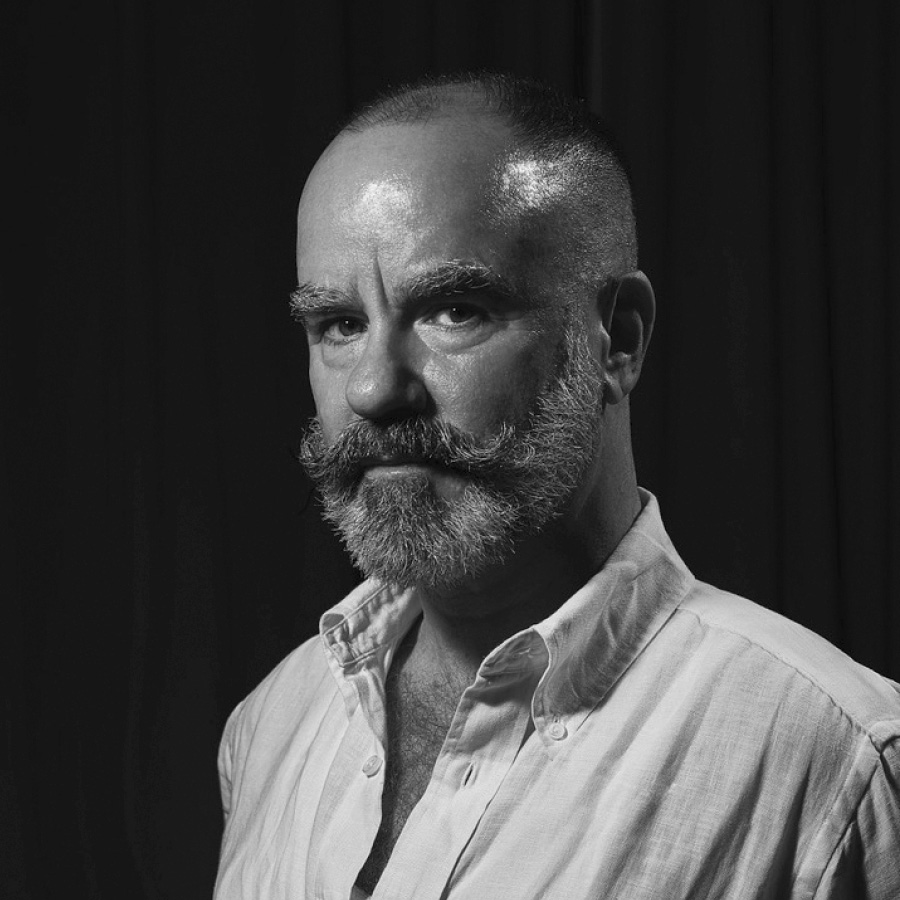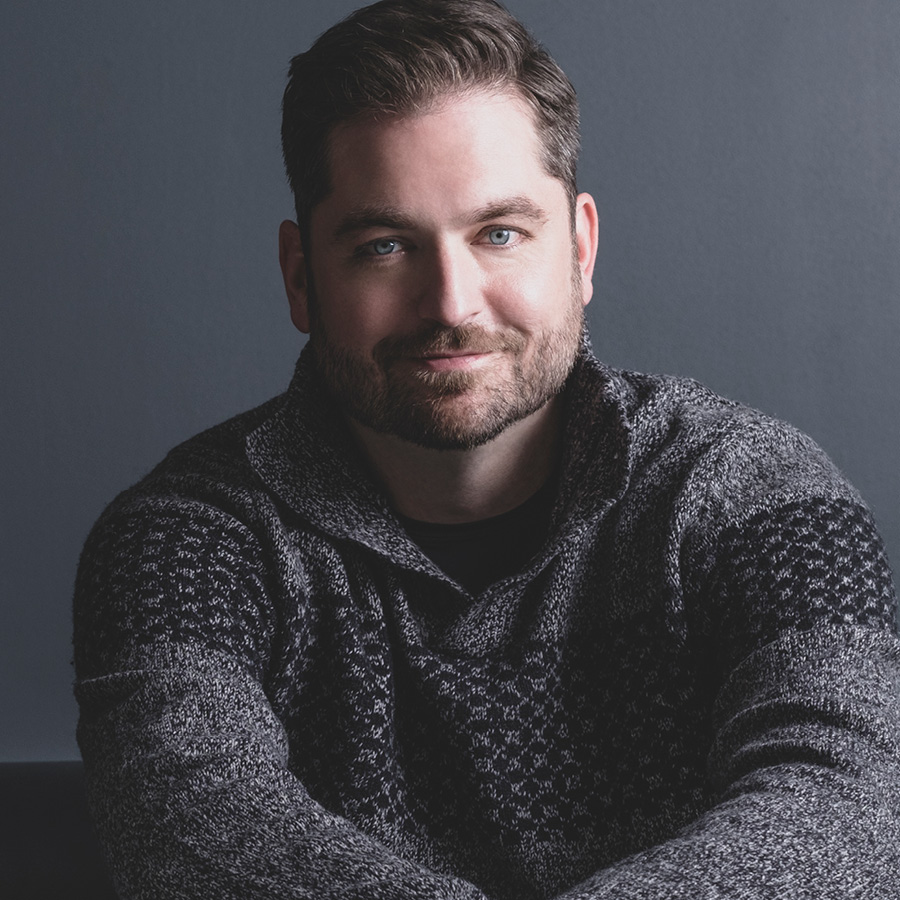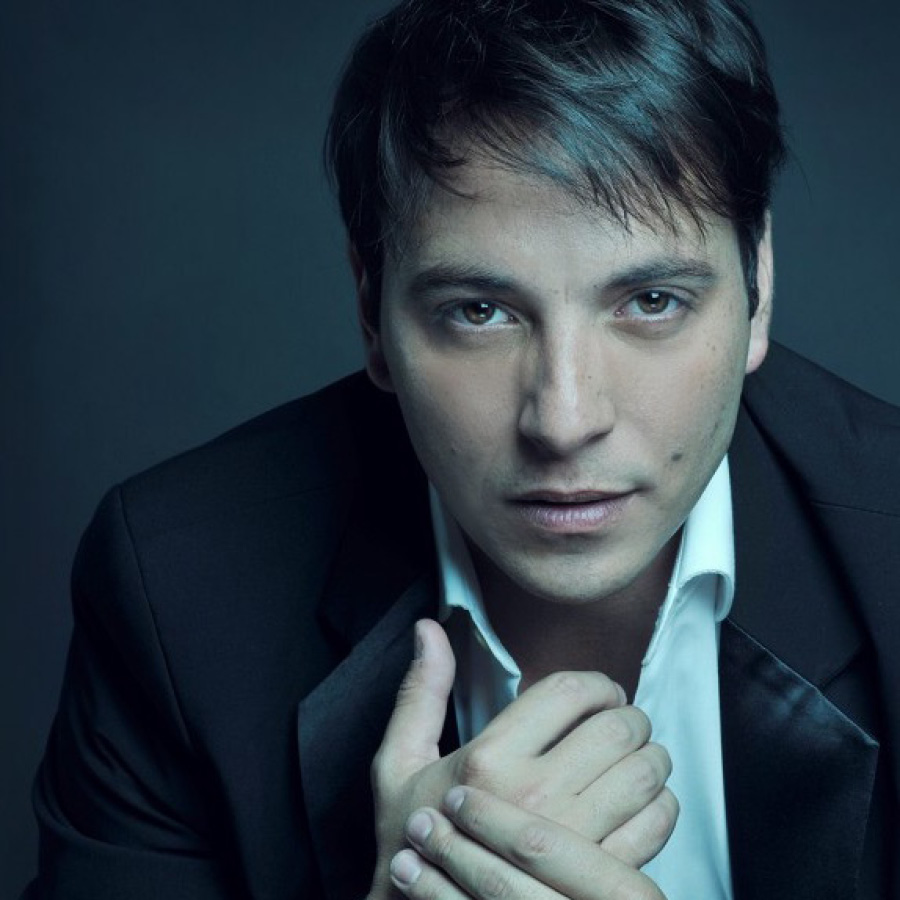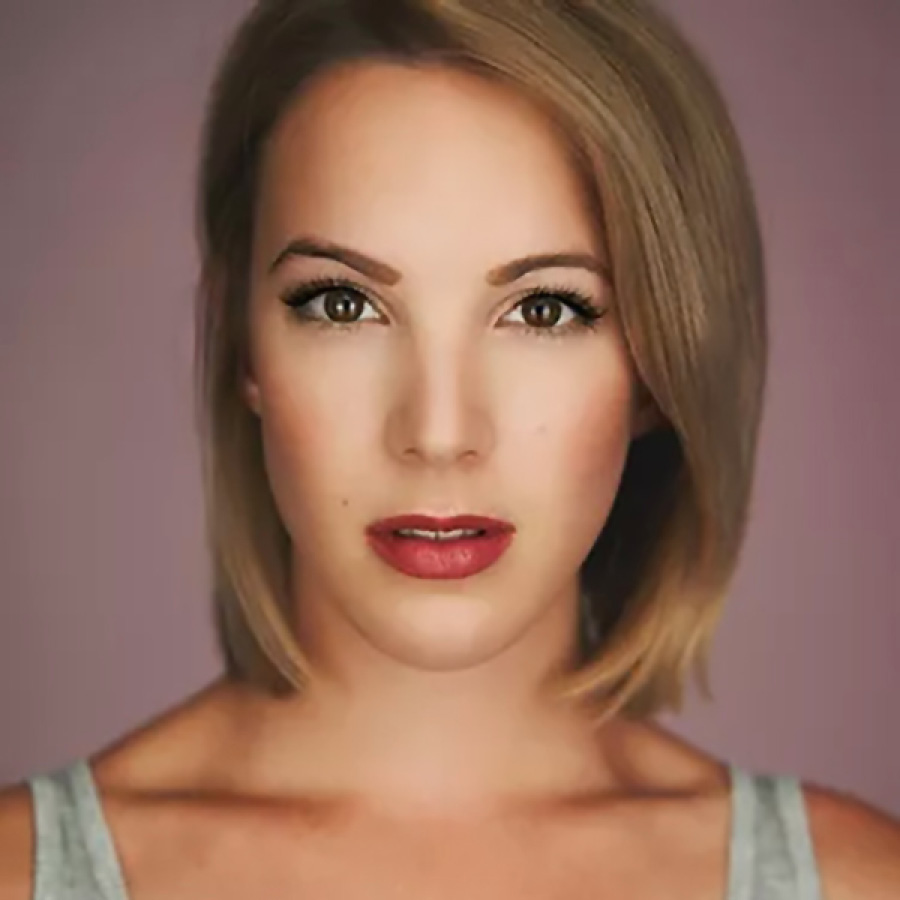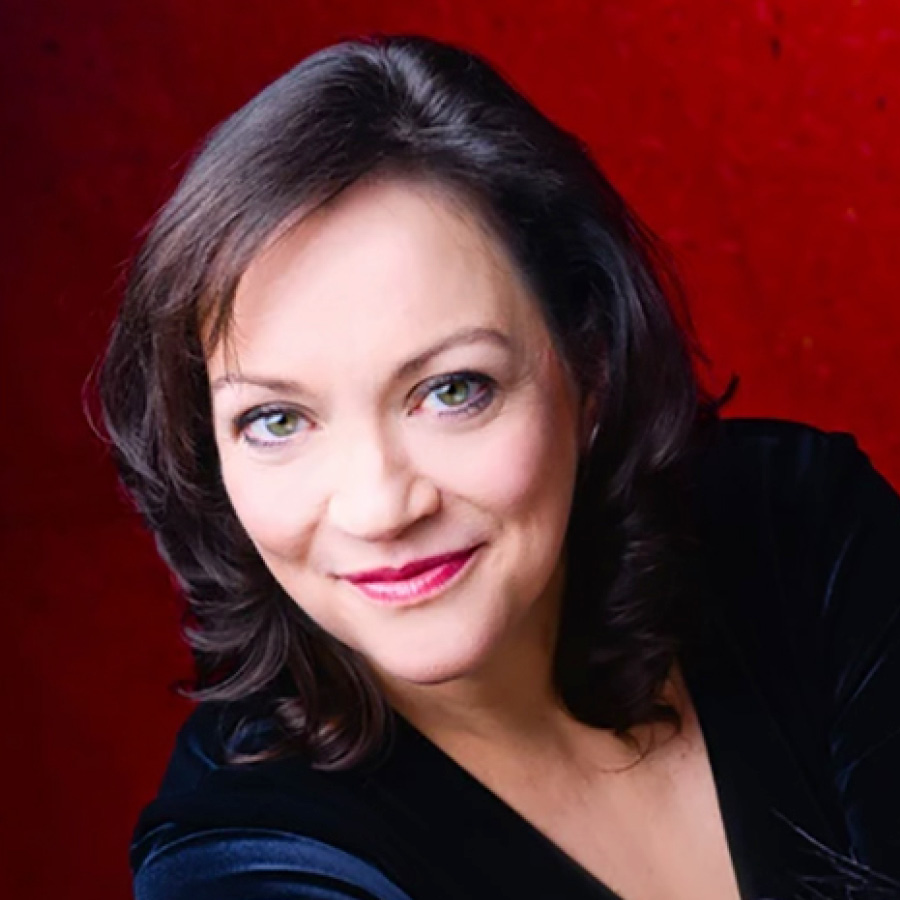The Pirates of Penzance
Cast
Curt Olds
Major-General Stanley
Craig Irvin
The Pirate King
Santiago Ballerini
Frederic
Susanne Burgess
Mabel
Katharine Goeldner
Ruth
Creative
Francesco Milioto
Conductor
Seán Curran
Stage Director
James Schuette
Set & Costume Designer
Composer: Arthur Sullivan
Librettist: William S. Gilbert
Premiere Date: December 31, 1879, Fifth Avenue Theatre, New York City
As Frederic enters the rank of full pirate at the end of his apprenticeship, he and his fellow pirates court the daughters of Major-General Stanley. This sets off a hilarious course of riotous events that pit Frederic against his pirate clan. The Pirates of Penzance is a rollicking show with serious operatic chops.
Performed in English with English supertitles
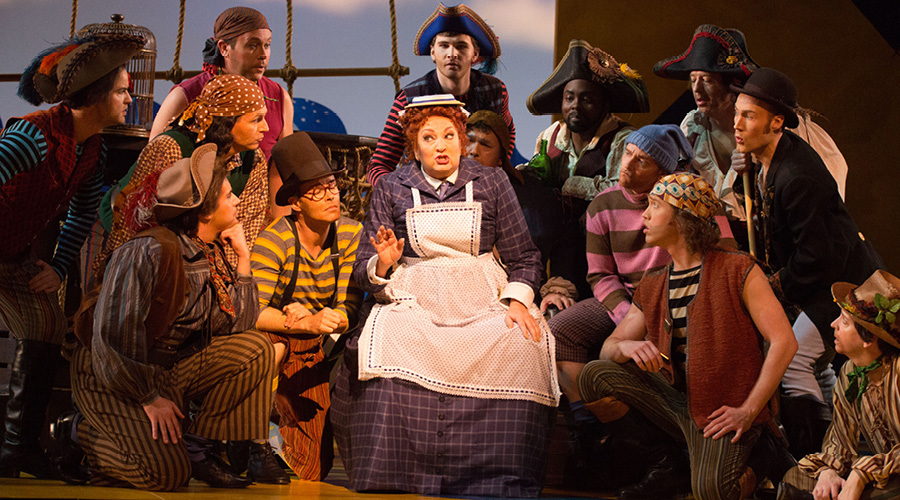
photo: Jeff Roffman
Get the Feeling
Synopsis
ACT I
Off the coast of England, Frederic, a young man of 21, celebrates the end of his apprenticeship to a band of pirates. Their maid Ruth tells Frederic that when he was an infant, his father requested he be apprenticed to a pilot, but she misheard and brought him to the pirates.
Characters & Cast
Newbie Guide
The Opera Experience
Operas on our mainstage are grand theatrical experiences. You can always expect the unexpected, and for our productions to be presented at the highest quality.
Supertitles
Many operas are in a foreign language. Supertitles are similar to subtitles in a film, except they are projected above the stage. These translations will help you follow what’s happening on stage.
What to Wear
There is no dress code at The Opera and you will see everything from jeans to evening gowns and formal suits. Most people use it as a chance to enjoy dressing up in their own style.
Arriving in Good Time
If you are late, you will be escorted to the nearest late seating area. At intermission ushers will show you to your seat. Plan ahead to arrive with extra time.
Enhance Your Visit
Pre-Performance Talk
Learn about the history of the opera, the composer, and more from artists and opera aficionados. One hour prior to curtain. Free with your ticket!
Familiarizing Yourself with the Story
Because of the foreign languages, classical music, and often complex plots, you will very likely enjoy the performance better if you spend a few minutes familiarizing yourself with the story and characters in advance. Some people even like to listen to the music in advance and others prefer to let it wash over them during the show and perhaps look it up afterwards.
How is an Opera Staged?
Auditions
Actors first audition for roles up to a year in advance, or for more experienced artists, directors also invite them to play a role.
Rehearsals
Most of the rehearsals are held in our rehearsal hall, and not the actual theatre. The conductor begins orchestra rehearsals about a week and half before opening night. They have four rehearsals with the conductor, and then the singers are added into the mix.
Sets & Costumes
The Atlanta Opera Costume Shop alters the costumes to fit our singers. Sometimes they do have to make costumes if there aren’t enough, or if there is nothing that fits, etc. Once the sets are in place, the cast begins rehearsing at the theatre. The Opera production staff works with staff at the theatre to get all of the lighting and technical aspects of the production together.
Sitzprobe & Dress Rehearsal
The orchestra comes together with the singers in a special rehearsal called sitzprobe. There are no costumes during the sitzprobe, this is mainly to hear the voices with the orchestra. There is a piano dress rehearsal, when the singers rehearse in full costume for the first time so they can get used to wearing them. Finally, all of the pieces are put together for two full dress rehearsals leading up to opening night.
Composer
Arthur Sullivan (1842-1900)
Born in London on May 13, 1842, Arthur Seymour Sullivan was a Child (choirboy) of the Chapel Royal. He was the first winner of the Mendelssohn Scholarship, which enabled him to study at the Royal Academy of Music and the Leipzig Conservatory. He returned to England in 1861 and a performance at the Crystal Palace the following year of his incidental music to Shakespeare’s The Tempest made him an overnight celebrity.
Sullivan settled down to the life of a professional musician, teaching, playing the organ, editing and conducting, while at the same time broadening his activities as a composer. The 1860s saw a ballet, a ’cello concerto, a symphony, choral works, several overtures and a raft of chamber pieces, songs, partsongs and hymns. Sullivan’s first comic opera came in 1866 when he set Francis Burnand’s adaptation of John Maddison Morton’s Box and Cox. Originally written for private performance, Cox and Box was so successful that public performances followed, as did a second collaboration with Burnand, The Contrabandista (1867).
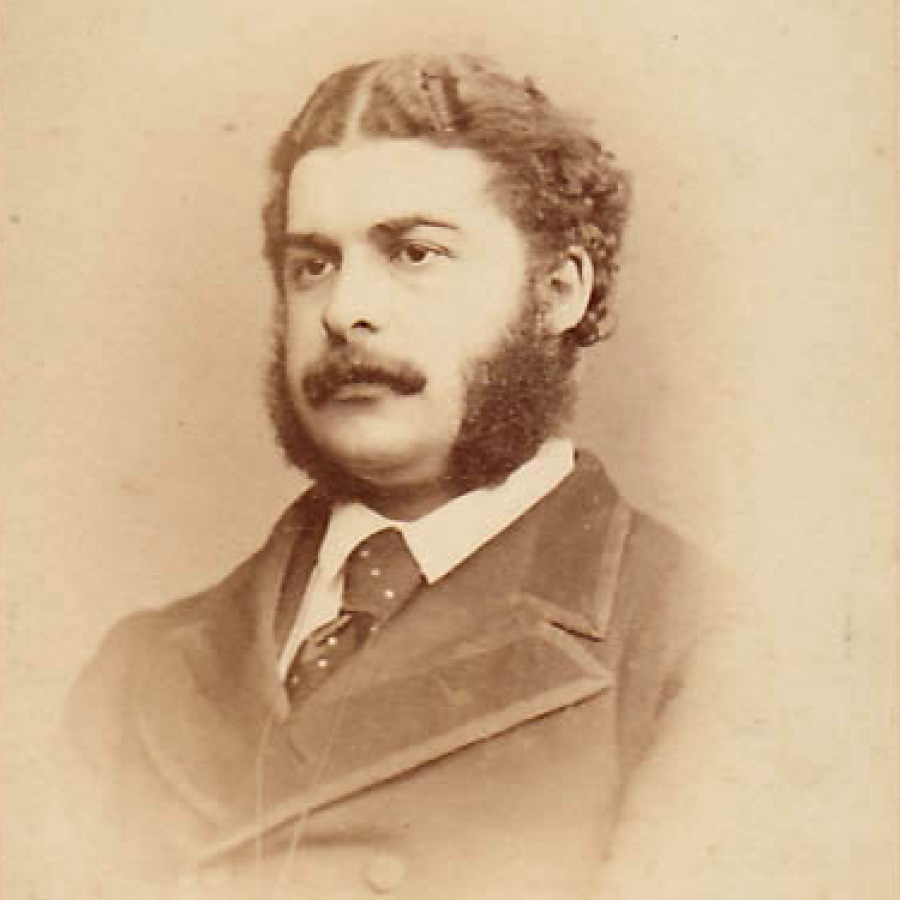
Librettist
W.S. Gilbert (1836-1911)
Sir W.S. Gilbert, in full Sir William Schwenck Gilbert, (born November 18, 1836, London, England—died May 29, 1911, Harrow Weald, Middlesex, England), English playwright and humorist best known for his collaboration with Sir Arthur Sullivan in comic operas.
Gilbert began to write in an age of rhymed couplets, puns, and travesty; his early work exhibits the facetiousness common to writers of extravaganza. But he turned away from this style and developed a genuinely artful style burlesquing contemporary behaviour. Many of his original targets are no longer topical—Pre-Raphaelite aesthetes in Patience; women’s education (Princess Ida); Victorian plays about Cornish pirates (The Pirates of Penzance); the long theatrical vogue of the “jolly jack tar” (H.M.S. Pinafore); bombastic melodrama (Ruddigore)—but Gilbert’s burlesque is so good that it creates its own truth. As a librettist, Gilbert is outstanding not only because of his gift for handling words and casting them in musical shapes but also because through his words he offered the composer opportunities for burlesquing musical conventions.
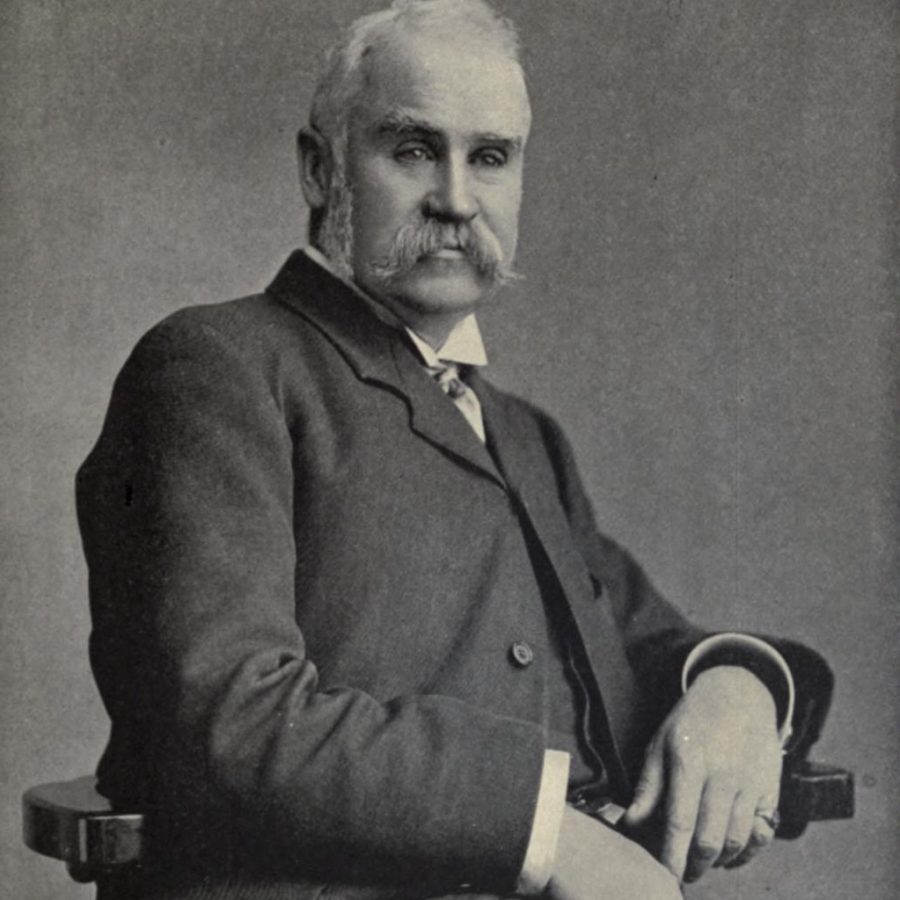
Conductor
Francesco Milioto
A rising star in the younger generation of conductors, Francesco Milioto is forging a unique career as a versatile interpreter of both the operatic and orchestral repertoire. He is currently Music Director of OPERA San Antonio and Artistic Advisor to the Florentine Opera in Milwaukee. Mr. Milioto also enjoys guest conducting relationships with a wide variety of organizations, and cover/assistant conductor positions with several distinguished opera companies. Praised for his energy and integrity on the podium, the Chicago Tribune has said, “Milioto presided with Bernsteinesque bravura”.
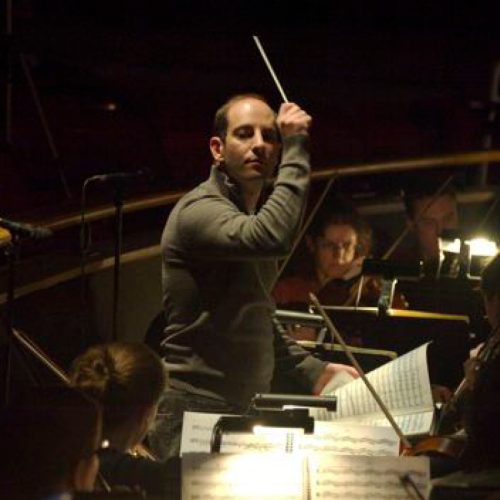
Director
Seán Curran
Seán Curran began his dance training in traditional Irish step dancing as a young boy in Boston, Massachusetts. He went on to make his mark on the dance world as a leading dancer with the Bill T. Jones/Arnie Zane Dance Company, with whom he received a New York Dance and Performance (“Bessie”) Award for his performance in Secret Pastures. Curran was an original member of the New York City cast of the Off-Broadway percussion extravaganza STOMP, performing in the show for four years. He has performed his solo evening of dances at venues throughout the United States as well as at Sweden’s Danstation Theatre and France’s EXIT Festival.
A graduate and faculty member of New York University’s Tisch School of the Arts, Curran now serves as Chair of the Department of Dance. He has over 20 years of teaching experience in modern technique, improvisation, body percussion and composition as a visiting artist at the American Dance Festival, Harvard Summer Dance Center, Bates Dance Festival, Boston’s Conservatory of Music, and over 100 U.S. university dance departments. Curran has created works for The Limon Dance Company, Trinity Irish Dance Company, ABT II, Denmark’s Upper Cut Company, Sweden’s Skänes Dance Theater, Irish Modern Dance Theatre, Ririe Woodbury Dance Theater, and Dance Alloy.
